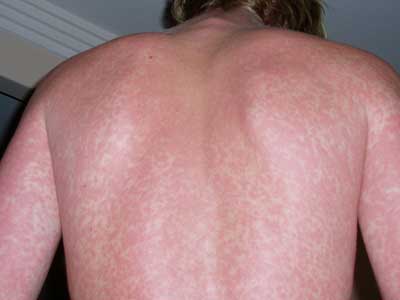With more than one-third of the world’s population living in areas at risk for transmission, dengue infection is a leading cause of illness and death in the tropics and subtropics. As many as 100 million people are infected yearly. Dengue is caused by any one of four related viruses transmitted by mosquitoes. There are not yet any vaccines to prevent infection with dengue virus (DENV) and the most effective protective measures are those that avoid mosquito bites. When infected, early recognition and prompt supportive treatment can substantially lower the risk of developing severe disease. It is a disease that is prevalent in southeast Asia, particularly Thailand and Malaysia.
Dengue has emerged as a worldwide problem only since the 1950s. Although dengue rarely occurs in the continental United States, it is endemic in Puerto Rico, and in many popular tourist destinations in Latin America and Southeast Asia; periodic outbreaks occur in Samoa and Guam.
The following are quotes from some medical studies which should better clarify your understanding of Dengue.
Case history: A 45-year-old woman presents to the emergency department with bleeding gums and bruises on both forearms for the last 2 days. For the preceding 10 days she had been experiencing a high fever (which has since broken) and rigors. In addition, she complains of a rash over both forearms, but she is unable to further characterize it. She noted severe pain in both legs during the febrile portion of her illness. There was no history of hematuria, melena, cough, or hemoptysis. She is not taking any routine prescription medications or using over-the-counter products or supplements. She has no known drug allergies. She is married with 5 children and is currently unemployed. She does not smoke or drink alcohol and has no history of drug abuse. There is no travel history or any history of sick contacts. She is a resident of Pakistan.
On physical examination, she is alert and apparently well developed and well nourished. The patient has a regular pulse of 90 bpm and a respiratory rate of 14 breaths/min. Her temperature is 98.2° F (36.8° C) and blood pressure is 110/70 mm Hg. The cardiac examination reveals a normal S1 and S2, with no murmur, gallop, or rub. Auscultation of the lungs is normal, and no palpable organomegaly or tenderness is found on abdominal examination. Examination of the extremities reveals large bruises and a petechial rash across both forearms and lower extremities. Conjunctival hemorrhages are noted bilaterally. Bruises are also apparent on her soft palate, and minor trauma from oral examination results in gingival hemorrhage.

This patient was diagnosed with dengue hemorrhagic fever (DHF), which is a complication of dengue fever (DF). The diagnosis was eventually confirmed by paired immunoglobulin M samples demonstrating an acute rise in antibodies.
